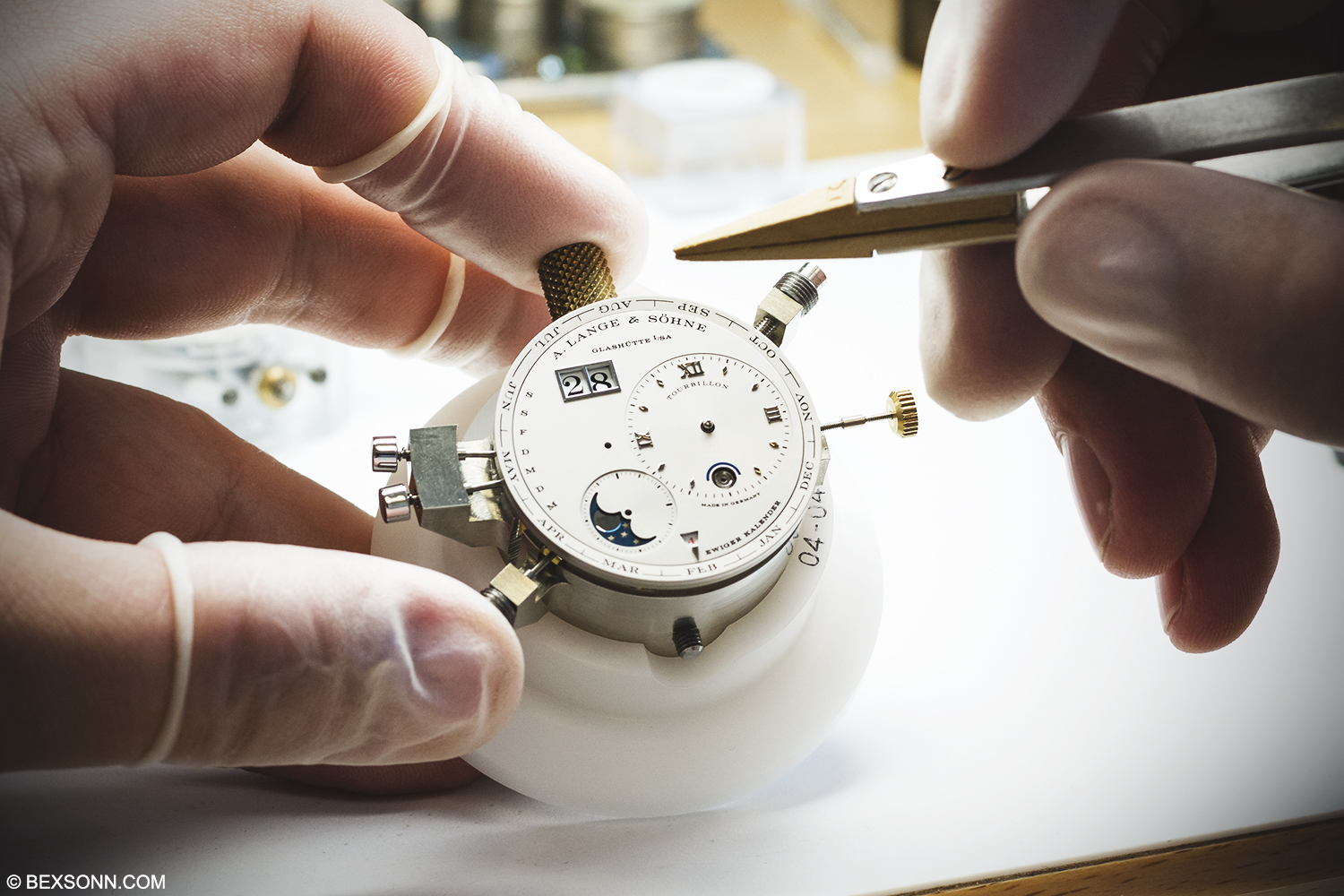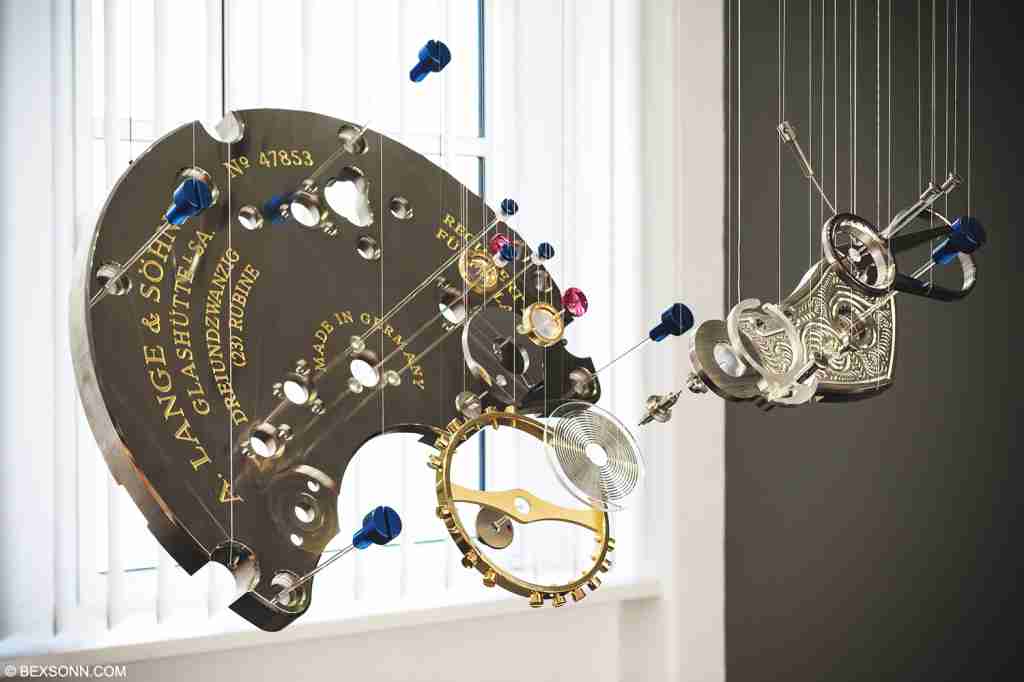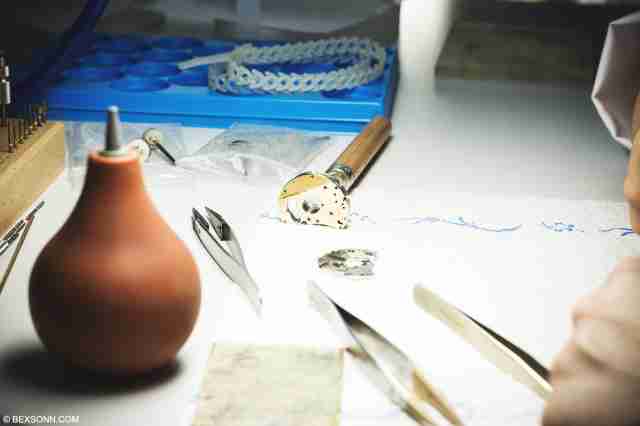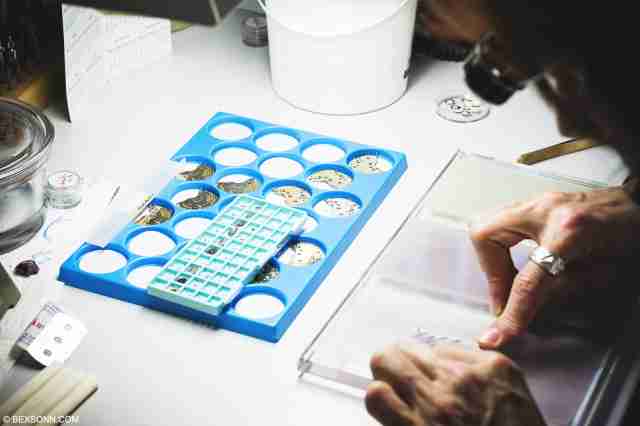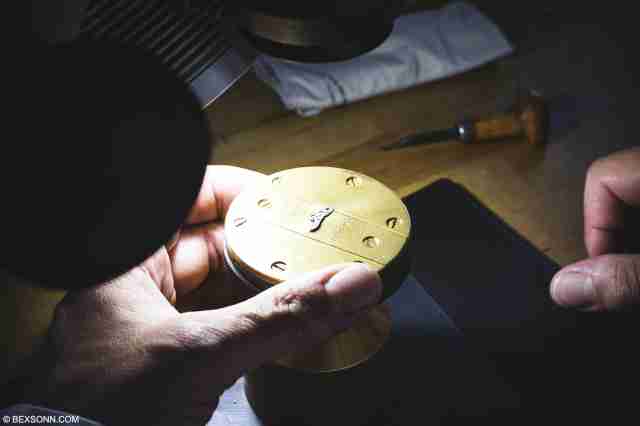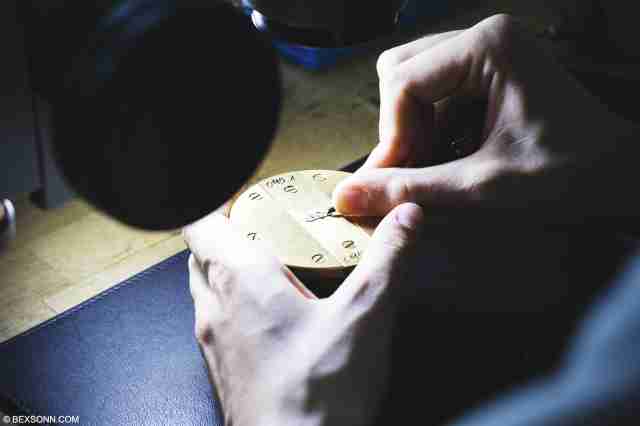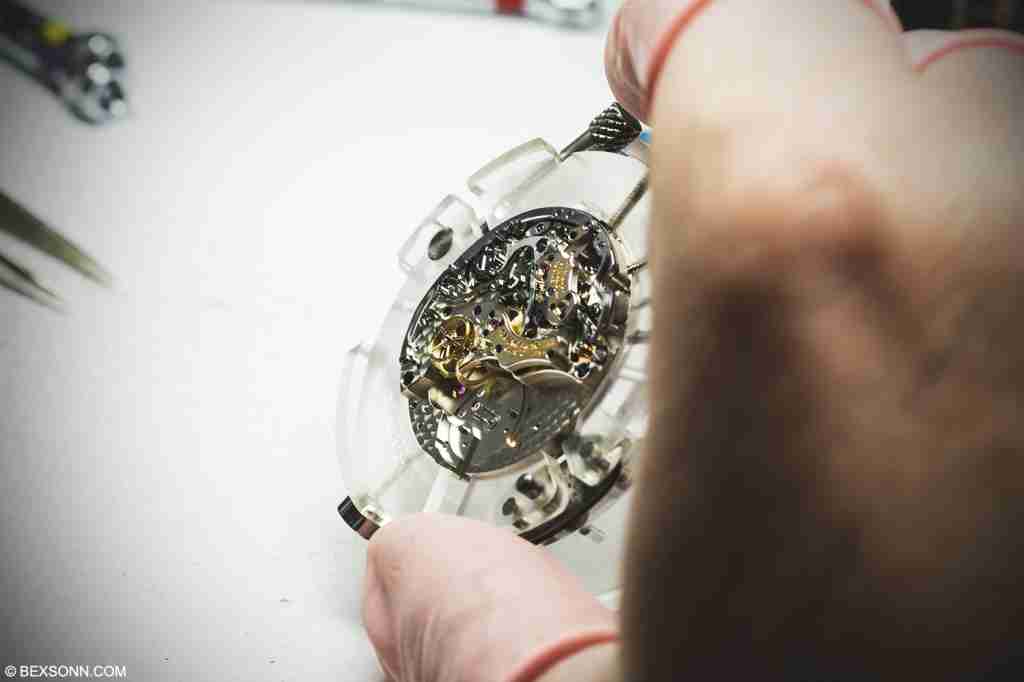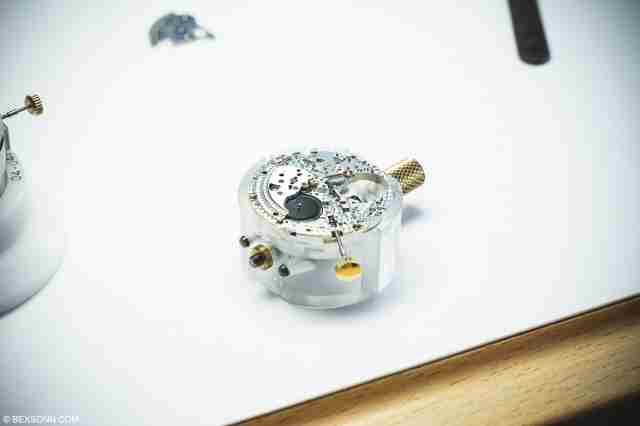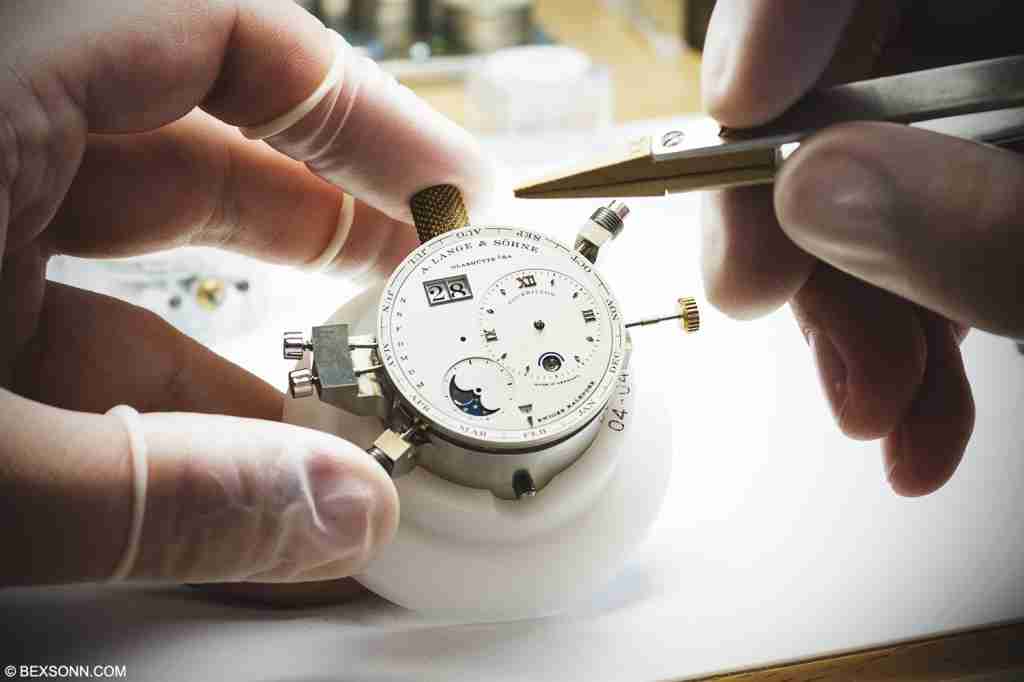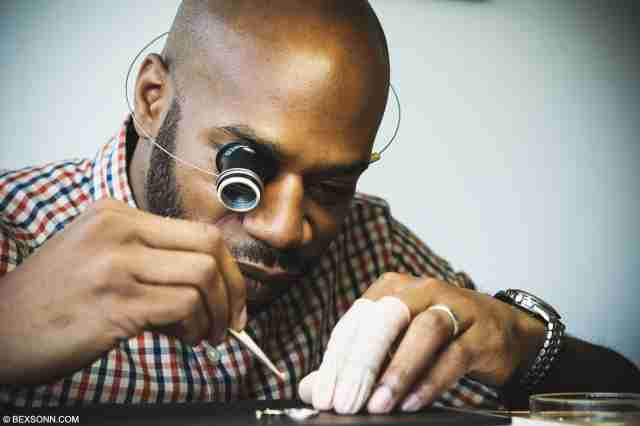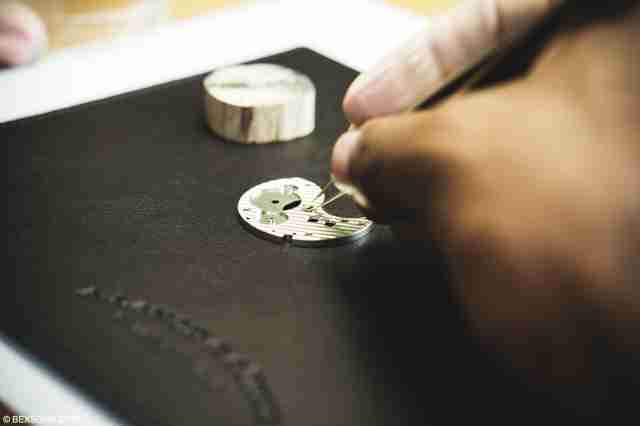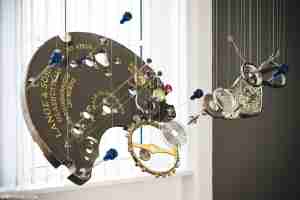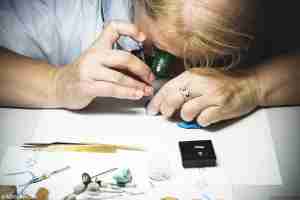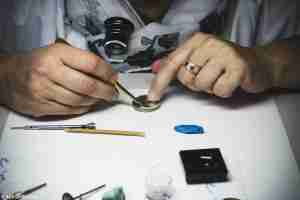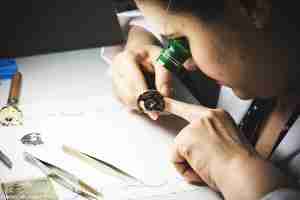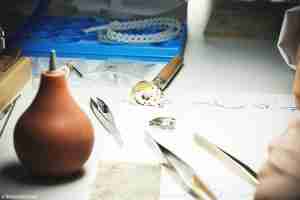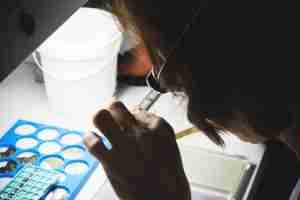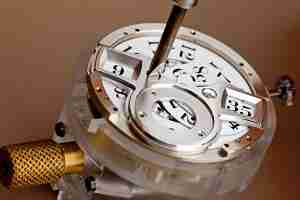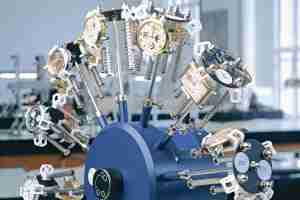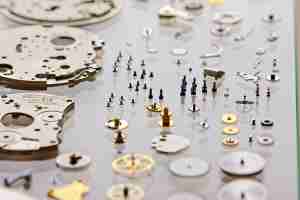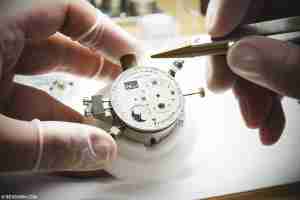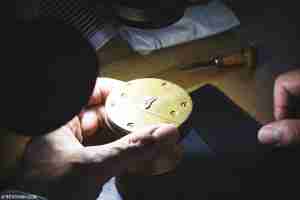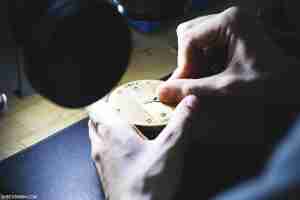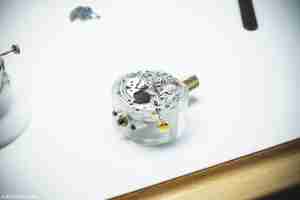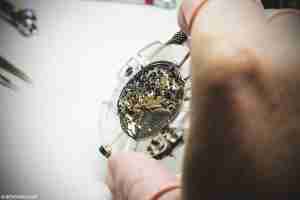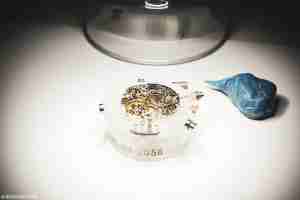A.Lange & Söhne Press Academy: A few weeks ago, we were generously invited to visit the Lange watchmaking factory in Glashütte, Saxony and of course we couldn’t pass up this invitation. The visit would take course over a three-day period which included a thorough factory tour, some fine dining and even some watchmaking workshops in the Lange Academy just a few miles down the road from their production facilities. For a while now I’ve been a huge admirer of Lange timepieces and getting to see them crafted first hand was just something I couldn’t wait to witness.
THE ARRIVAL
Upon the day of arrival I, along with other press members were treated to a three-course meal at the William restaurant – where we all became fully acquainted with one another. We were also joined by Arnd Einhorn, (Director of PR) who little did I know, was a man after my own heart and also shares a common interest in Whisky but I shall not bore you with the details of the conversation we had discussing Islay Scotches.
DAY TWO
The next day is where it would all begin and I’d finally get to see the inner sanctum that is A.Lange & Söhne. We were transferred from our Hotel to the little famous watchmaking town that is Glashütte, Saxony – driving around the winding roads on the green foothills of Glashütte we passed other watch manufacturers, such as Nomos, Glashütte Original, Mühle Glashütte, Tutima and a few others. Upon our arrival we were ushered into the showroom where this exploded Lange 1 movement hung.
After a bit of chitchat we were guided through some doors to the first part of our tour of the Lange manufactory. Unfortunately for us we were not allowed to take photos in this first location but I can explain to you as best I can what takes place in the Production of Parts department. This department is where the conceptual work of the calibre designers and prototype makers takes shape: the blank parts production.
THE FACTORY TOUR
Lange pride themselves on consistent precision and so it is very natural that to achieve this level of accuracy, modern tools must be used; thus milling, drilling and engraving are done with the very latest generation of computer-controlled machining. They even go to the lengths of using wire-EDM systems for the production of very, very tiny parts such as clicks, jumpers and levers. Admittedly I didn’t expect to be overly engrossed in seeing these parts milled but that’s just it, I was? It was also quite interesting to learn that just one small mistake from these machines would render a whole plate of movements useless. And even when it looks perfect all pieces are microscopically checked for any deviations, as this would affect the overall tolerances. Once this process was completed the staff of the deburring department bevel all edges and openings of all holes by hand.
From here we moved onto the Finishing department, where things got very, very interesting. On our next stop is where we would see technology meet art. This is where the base plates are adorned with perlage and even on the sections that will never see the light of day, well that is until they are serviced. In total there were 14 differently sized circular graining pegs used just for this purpose. Then there is the Lange signature three-quarter plate and bridges that are decorated with Glashütte ribbing.
Within the same department, also carried out is the time-consuming (and I’ll explain in further detail later as to why it is time-consuming and also frustrating at the same time) process that involves the beveling and polishing of the plates, bridges, and balance cocks by hand. As well as the complex chronograph calibres – such as levers, wheels, and jumpers – are decorated by hand.
Then we moved onto engraving, which is where every Lange is made unique. The balance cock that supports the balance wheel staff is hand-engraved. Using free-hand techniques, experienced master engravers decorate each and every balance cock with a lavish floral pattern, as a mark of tradition, which once adorned historic Lange pocket watches. Looking through the lens of a microscope it was much easier to see that every engraving read like a personal signature, as every engraver has their own style of writing with the burins. These artisans not only engrave the balance cocks but also personalised Lange watches that are fitted with precious-metal backs that display engraved initials, coat of arms or even a dedication. Depending on the size and complexity these engravings can sometimes take up to two days to complete a single motif.
The heart and soul: we moved onto the department that is responsible for, arguably the most important aspect of a wristwatch, the assembly of the movement. Lange invest enormous amounts of time and effort into this horological process and walking around the watchmakers work desks it was just unbelievable to see how much attention is lavished on each component. This is a phase that requires an orchestration and adjustment of all mechanical parts to make them interact smoothly in the many years ahead. Till this day Lange have introduced 50 calibres, which is just amazing when you see how much work goes into just one.
Walking around the assembly department I noticed different teams configuring and assembling different calibres. The degree of difficulty in assembling a complication such as the Lange out-sized date and perpetual calendar we were told is actually quite tricky. So teams of experts are responsible for assembling chronograph calibres with fly back and double-rattrapante modules. There is also an elite group of watchmakers that are entrusted with the assembly of tourbillons. Once a movement has been put together it then goes through stringent tests to ensure its accuracy is perfect.
Now at this point I expected to see the casing department. However Lange, as an extra step of achieving perfection, disassemble the movement and it is at this point where the untreated German silver is graced with its traditional Glashütte ribbing. Gold chatons are polished by hand and gently repositioned into the plate (which sounds easy but I can affirm it is not by any means). Also any plain screws are replaced by blued ones.
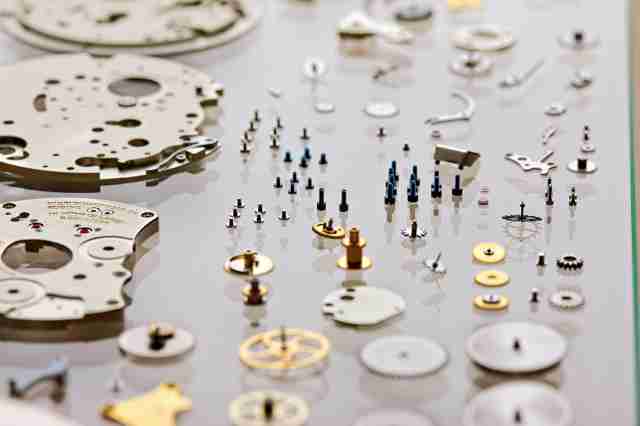 After this has been done then the movement parts are ready to be reassembled. Once assembled the movement is adjusted yet again. The second to last phase consists of mounting the dial and setting the hands and then it is housed in its future dwelling made of either platinum, yellow, pink or white gold. The only piece that Lange make that is assembled by one person from start to finish is the Zeitwerk.
After this has been done then the movement parts are ready to be reassembled. Once assembled the movement is adjusted yet again. The second to last phase consists of mounting the dial and setting the hands and then it is housed in its future dwelling made of either platinum, yellow, pink or white gold. The only piece that Lange make that is assembled by one person from start to finish is the Zeitwerk.
After the tour was over we headed back to the showroom to 1) absorb what we had just witnessed and 2) to refuel on a three-course lunch. Oh, and did I mention that the entire current A.Lange & Söhne collection was shown to us? Probably not, but you’ll see some of those in the upcoming weeks. From here we were transferred to the A.Lange & Söhne Watchmaking School in Bärenstein.
THE WATCHMAKING SCHOOL – WORKSHOP I
A part of our watchmaking school was to hand finish and engrave a balance bridge and it was apparently said that depending on how good we were at this task there might just be a contract waiting for us – though somehow I just couldn’t see this happening. We were given our brief of what needed to be done and roughly how it should be done by our engraving teacher – who is actually one of the master engravers for Lange, hence the reason she was absent from the engraving department that day.
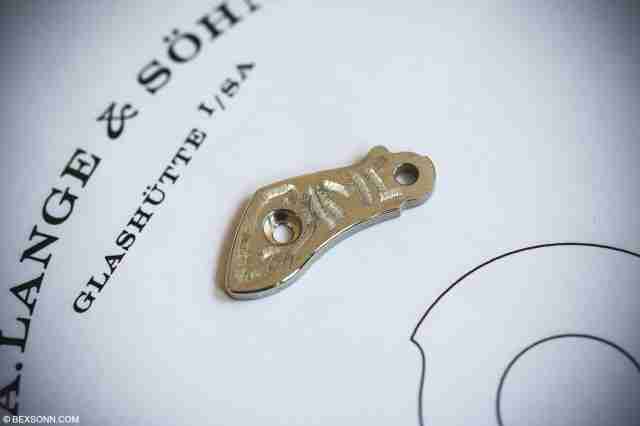 Admittedly, I actually found the first part of the hand beveling quite easy but when it was checked I was told it was okay but not very good and in all honesty I really couldn’t see where I had gone wrong but it was all in the detail I was told. Then came the hard part, the engraving. I had my pattern sketched and I was ready to engrave. There is a real knack to engraving and I took on-board what we were shown and figured out a smooth twisting, forward motion of the burin that seemed to have worked for me and you can see my efforts above. However, I was told this still isn’t up to Lange’s high standards, this time I had to agree it wasn’t quite there. And so, those dreams/rumours of a contract quickly evaporated. However, I was told that each burin is unique to every engraver – so I guess on this occasion I could actually blame the tools…?
Admittedly, I actually found the first part of the hand beveling quite easy but when it was checked I was told it was okay but not very good and in all honesty I really couldn’t see where I had gone wrong but it was all in the detail I was told. Then came the hard part, the engraving. I had my pattern sketched and I was ready to engrave. There is a real knack to engraving and I took on-board what we were shown and figured out a smooth twisting, forward motion of the burin that seemed to have worked for me and you can see my efforts above. However, I was told this still isn’t up to Lange’s high standards, this time I had to agree it wasn’t quite there. And so, those dreams/rumours of a contract quickly evaporated. However, I was told that each burin is unique to every engraver – so I guess on this occasion I could actually blame the tools…?
DAY THREE – WORKSHOP II
On the third and final day we were once again picked up and transferred to the A.Lange & Söhne Watchmaking School in Bärenstein for our second workshop but this time we would attempt a double assembly. Our tasks were to remove gold chatons and screws from an untreated German silver three-quarter base plate, polish the chatons, blue the screws and then replace these parts into a finished three-quarter base plate. Admittedly, this didn’t sound too hard but little did I know my patience would be tested. Disassembling the base plate wasn’t too hard, however, the difficult bit started when the gold chatons needed to be polished. I’d consider myself a rather patience man but for the life of me I just couldn’t get these chatons perfectly polished, when I say perfectly I mean good enough that Lange would actually use them.
No matter how softly or what motion I applied to get these chatons polished, they just wouldn’t come out right? After a while I just got them to a place that was as good as I could get them. Then came the blueing of the screws, which is done by slowly heating the screws to a temperature of around 300 degrees Celsius. This process causes the steel to be coated in an ultra-thin layer of scintillating blue magnetite. Once this was done it was just a case of placing the gold chatons and now blued screws into the correct milled holes. I was quite please but I was told that because I polished my chatons for such a long time they would now be useless as I’ve more than likely exceed the tolerance allowed… I guess it’s back to the day job.
CONCLUSION
For me, this was a thoroughly enjoyable experience and one that will stay with me forever. As mentioned, I’ve been a huge admirer of A.Lange & Söhne watches for some time and seeing the inner sanctum of where these masterpieces are created was just jaw dropping and it has given me greater appreciation of watchmaking in general. The attention to detail lavished on each and every individual Lange was a massive eye-opener but more importantly I was able to understand and see the true value within their timepieces. Each timepiece is truly a work of art, crafted by the humble watchmakers of Lange. Even more pleasing is the fact that just down the road, there is a watchmaking school where this skill in craftsmanship can be taught – therefore carrying on the Lange tradition. Can I afford a Lange? No – though Wilhelm Schimd, (CEO of Lange) said to me “always say not yet”. For now, I shall cling on to that phrase. Lange has truly set the bar high for any future watch manufactory visit that may come.
For more information on A.Lange & Söhne, visit the official website.
